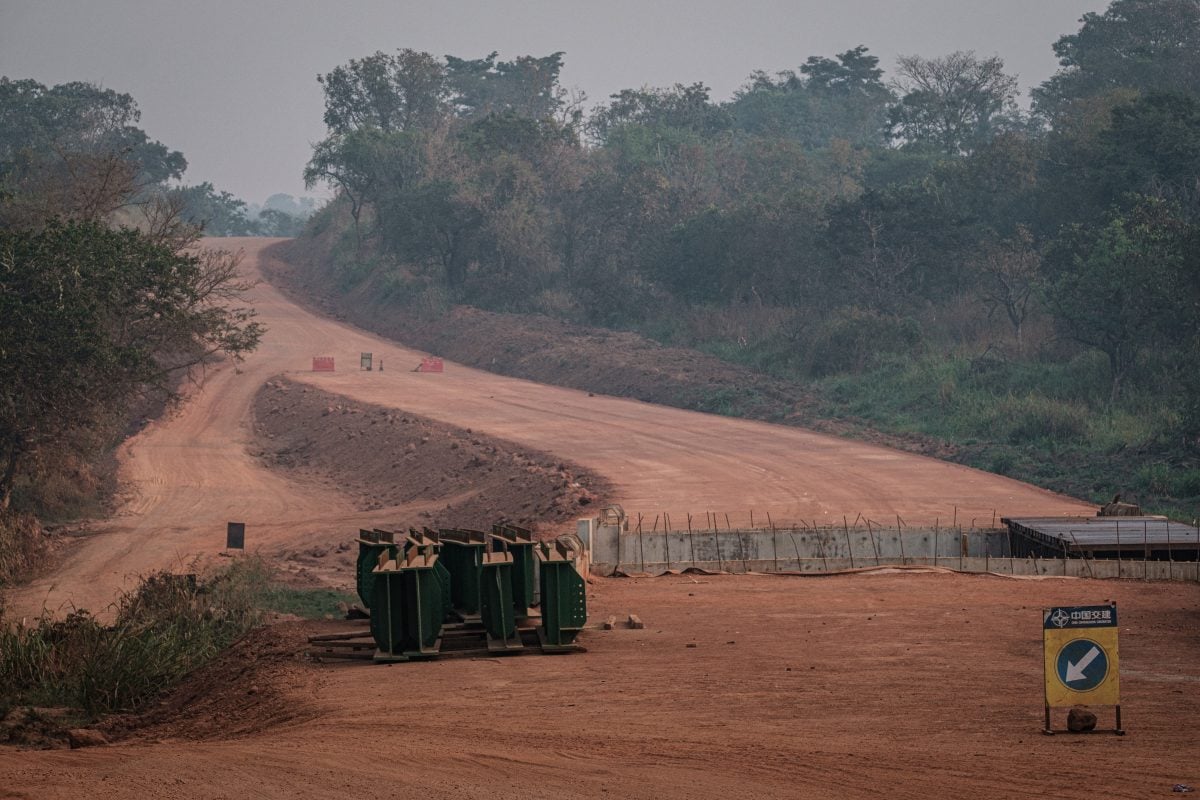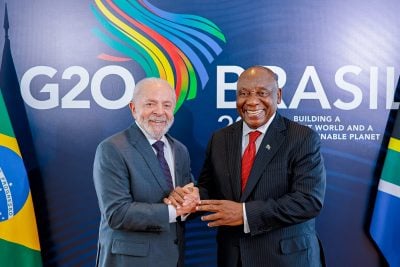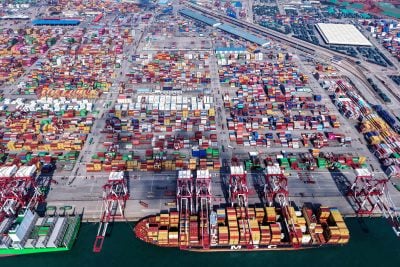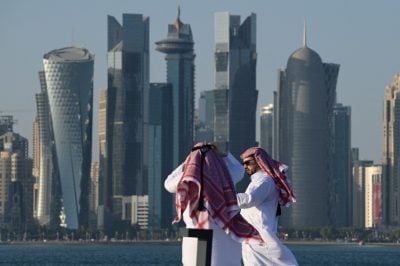A Ugandan parliamentary committee has slammed the cost of government-funded infrastructure projects in the country, which it says can end up costing three times more than necessary.
The Committee on Public Accounts (Central Government), reporting on the auditor general’s 2023-24 findings, delivered a scathing judgment on the country’s road upgrades, which it said were frequently dogged by excessive construction costs and inflated supervision expenditure.
The report found that road project costs varied wildly across the country. Rehabilitating a 1.37-kilometre road in Arua City cost Shs13.4 billion ($3.8m), while a one kilometre stretch in Mbarara City cost Shs4.9 billion ($1.4m).
“These roads measure almost the same in length, yet the costs vary abnormally. Such discrepancies are unjustifiable and point to inflated contracts and loss of public funds,” said committee chairperson Muhammad Muwanga Kivumbi.
Kivumbi said that large sums spent on supervision, which in some cases consumed up to 20% of the total project cost, were a major factor in overspending. Arua’s 1.37km road attracted supervision costs of Shs3 billion ($852,000).
In infrastructure projects, supervision costs are expenses incurred for overseeing the project’s construction and execution to ensure it meets quality standards, regulatory requirements, and project timelines. These costs cover personnel, like project managers and foremen, and activities such as monitoring progress, coordinating contractors, and providing inspections.
The committee report described the increase in supervision costs on projects as “obnoxious” and a reflection of collusion between contractors and officials in charge of monitoring projects.
“These inflated costs have deprived Ugandans of better roads, schools and hospitals. Borrowed money is wasted on enriching a few individuals, government is losing money through inflated contracts and weak supervision,” the report states.
Less than half of development loans spent
Meanwhile, the committee reported that loans taken out by government for development projects were going unspent, even though interest was being paid.
The committee found that out of Shs7.958 trillion ($2.2bn) in loans and Shs3.97 trillion ($1.1bn) in grants secured by government to finance various development projects, less than half was utilised. Only 48.2% of the loans and 25.6% of the grants were used.
The committee reviewed 17 government loans and discovered an average disbursement of 36.7%. Some projects had disbursement rates close to zero, such as the Mbarara-Masaka Transmission Line which stood at just 0.3% despite its completion deadline passing in June 2023.
“We will give this item a day’s sitting for debate, we need to look at it seriously because we are paying for loans that we are not using,” said parliament speaker Anita Among.
Want to continue reading? Subscribe today.
You've read all your free articles for this month! Subscribe now to enjoy full access to our content.
Digital Monthly
£8.00 / month
Receive full unlimited access to our articles, opinions, podcasts and more.
Digital Yearly
£70.00 / year
Our best value offer - save £26 and gain access to all of our digital content for an entire year!

 Sign in with Google
Sign in with Google 



